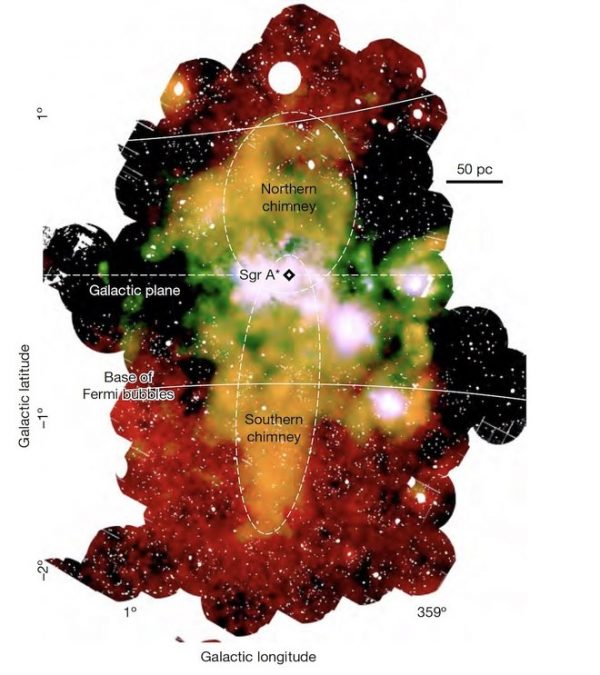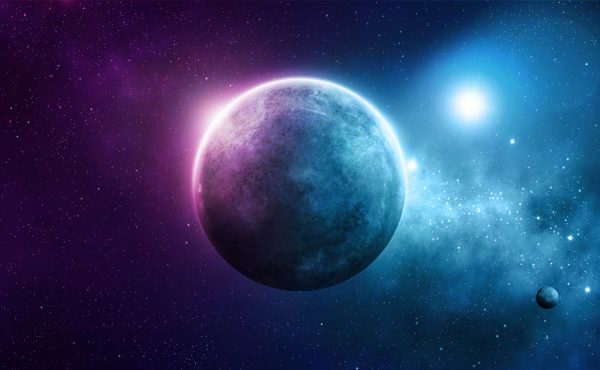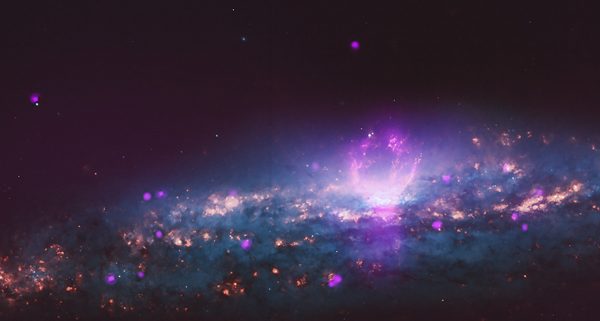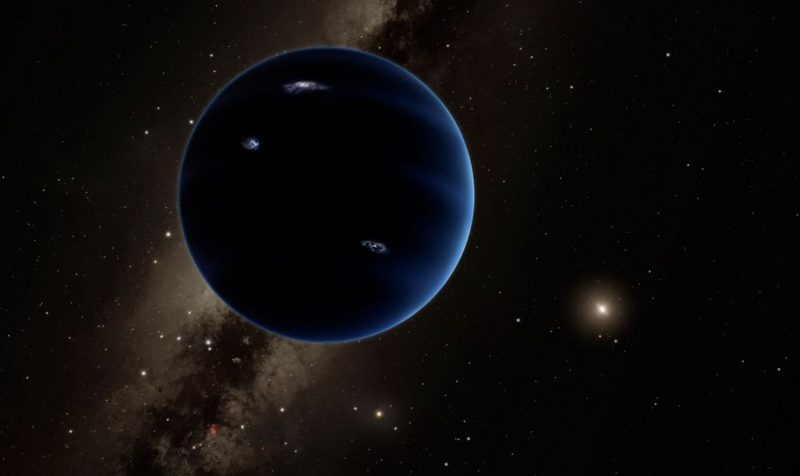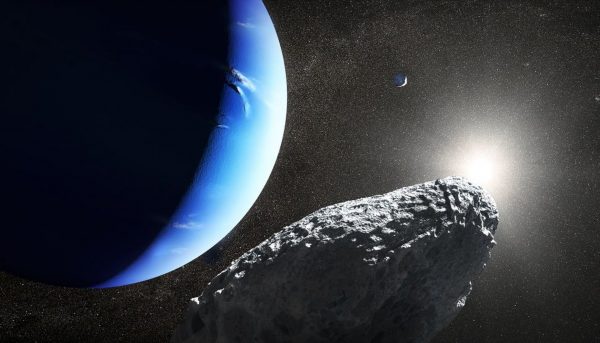SPACE: Ultima Thule is a Frankenstein Beast
Less than three months after the New Horizons spacecraft zoomed past a distant, cold space rock, scientists are beginning to piece together the story of how that object, nicknamed Ultima Thule, came to be. In a series of scientific presentations held March 18 at the 50th Lunar and Planetary Science Conference, mission scientists shared new data about the space rock’s topography and composition, which is helping them to refine scenarios about how the object formed. “Every single observation that we planned worked as planned,” Alan Stern, principal investigator of the New Horizons mission and a planetary scientist at the Southwest Research … Read more






